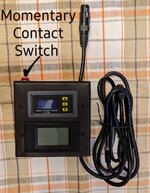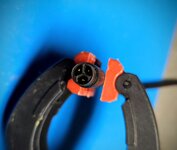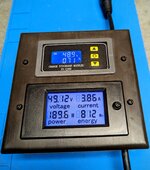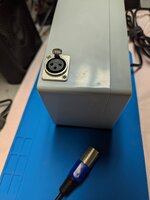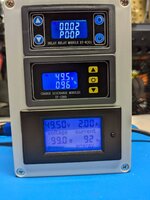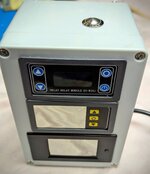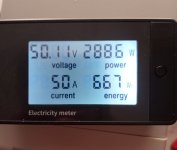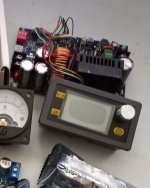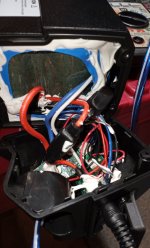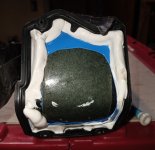I just realized that I have the same power meter that you've got, but I intend to mount it on my e-bike to keep track of the battery capacity as the battery is being used.
I ended up using my bench power supply to charge my batteries and just set it to 52 volts.
It's a round number at about 80% charge and a nice round 4 volts per cell group in the battery.
I also have 3 other battery chargers (two 3 amp chargers and a 4 amp charger).
I turned down the one 3 amp charger as far as it will go, so it switches to CV at ~53 volts now.
So now I charge both batteries at the same time after a ride.
, . Settings can drift over days so you should double check all before each charge. Since I typically start early in the morning before coffee, its back on the test bench where it belongs.
I have gotten used to setting my voltage and current at every charge, and in the morning before my ride, I will top up the main battery to 54.6 V to get my maximum range.
I used to top up both batteries before my ride, but I found myself swapping batteries just to reduce the voltage in the second battery if I ended up not needing it.
I figure having the Watt Hour Meter on my e-bike is the best place to put it because I don't really care what goes into the battery, I want to know how much I get back out.
Things like temperature and how much power you're pulling from the battery can have a Huge impact on the battery's capacity and range, and I want to see that as it's happening while I'm riding.
I could put timers on my charger and bench power supply to kinda make them automatic, but I just keep an eye on them and I don't have to worry about overcharging the batteries with a maximum voltage of ~52.5 V.
I would have to have a pretty crappy, unbalanced battery, with a useless BMS to become dangerous with 52.5 V at less than 3 amps applied to it, when all three of my batteries have a 30 amp BMS.
